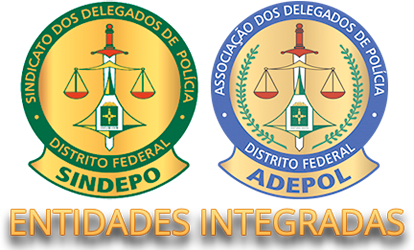Pronoun Antecedent Agreement Collective Nouns Worksheet
Pronoun antecedent agreement is an essential aspect of proper grammar. This agreement ensures that the pronouns used in a sentence or paragraph refer to the correct antecedent noun. Collective nouns, which refer to groups of things, people, or animals, also require this agreement. To help ensure proper use, a pronoun antecedent agreement collective nouns worksheet is an excellent tool for both students and writers.
What is Collective Nouns Pronoun Antecedent Agreement?
Collective nouns refer to a group of people, animals, or things. Some common examples of collective nouns include team, group, flock, herd, and family. When using collective nouns, it is essential to ensure that the pronouns used in the sentence agree with the antecedent noun.
For example, if you want to refer to a group of researchers, you can use the collective noun “team.” The sentence could read, “The team conducted its research diligently.” In this sentence, “its” refers to the collective noun “team.”
Why Use a Pronoun Antecedent Agreement Collective Nouns Worksheet?
Using a pronoun antecedent agreement collective nouns worksheet helps writers and students understand how to properly use collective nouns and their corresponding pronouns. The worksheet provides various sentences with incomplete pronouns and missing collective nouns and requires the students to identify the correct agreement.
By using a worksheet, students can practice using collective nouns and their corresponding pronouns in a structured format. This practice enables them to understand how to use and identify the correct antecedent noun for a pronoun. As a result, they can improve their writing and communication skills.
Tips for Using Collective Nouns and Pronouns in Writing
When using collective nouns and their corresponding pronouns, there are a few tips to keep in mind:
1. Identify the antecedent noun: Before using pronouns, identify the antecedent noun to ensure the correct agreement.
2. Be consistent: Be consistent in using the same collective noun throughout a paragraph or sentence to avoid confusion.
3. Use plural pronouns: When referring to a group as a whole and not individuals, use plural pronouns, such as “they” or “their.”
4. Avoid gender pronouns: In some instances, gender pronouns may be inappropriate or unclear. In these cases, using “they” or “their” can be an excellent alternative.
Conclusion
Using a pronoun antecedent agreement collective nouns worksheet is an excellent way to improve writing skills and understanding of proper grammar. By practicing using collective nouns and pronouns, students and writers can avoid errors and communicate more effectively. Remember to be consistent and avoid gender pronouns when appropriate to ensure clear and concise communication.
